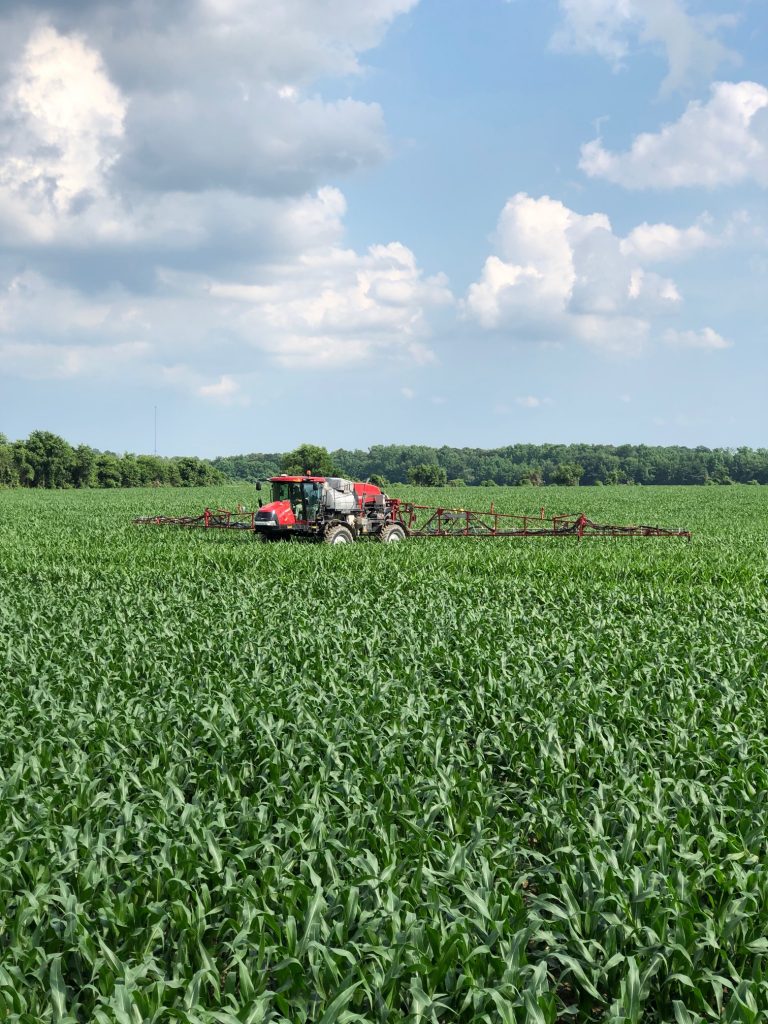Nitrogen Modeling
Article Written By: Mike Twining, Willard Agri-Service
Nitrogen modeling is cutting edge in-season adaptive management that is a win for the environment and for farmers!
Some key points:
- The most advanced form of “Adaptive Management” available to corn growers today.
- Encourages growers to apply the majority of fertilizer nitrogen at sidedress timing instead of prior to or at planting.
- Uses powerful computer models to accurately estimate nitrogen demand and loss on a field by field basis.
- Considers soil characteristics, all nutrient applications, growth of the crop, and real-time site-specific weather to support in-season decision making.
Nitrogen modeling uses sophisticated cloud-based software that helps farmers and their advisers identify the right amount of nitrogen throughout the season to drive more profit on their farm while reducing their impact on the environment. It does this by taking into account the soil characteristics of each field, how they manage their fields and the weather data that’s occurring to identify just how much nitrogen is needed without applying any excess to achieve their realistic yield goal.
For many years farmers have relied on yield-based calculations and in-field soil nitrate testing to determine an optimal nitrogen (N) rate for corn. Nitrogen modeling builds on these concepts by putting field and season-specific insights onto the farmer’s hand during the growing season. Using in-season modeling has shown in numerous replicated field trials to both increase a grower’s profit per acre consistently while reducing N losses to the environment from leaching and volatility by 35 to 40%. That is a win-win for all involved.
Nitrogen modeling performs best when used with other decision support technologies such as plant tissue analysis to ensure other needed nutrients are in balance, Normalized Difference Vegetation Index (NDVI) readings from optical sensors, and historical spatial yield records to set yield goals.

Much of the Pioneering research in this field was conducted by Cornell University which has been recognized for its extensive database of peer-reviewed research on nitrogen loss, mineralization, and cycling. Platforms such as Willard Agri-Service’s Eco Nutrition program build on this research and incorporate robust decision support tools to help farmers increase profitability while simultaneously reducing their environmental footprint from unintended nutrient loss.
Nitrogen modeling has demonstrated positive economic and environmental results over traditional yield based methods in both wet and dry growing seasons.